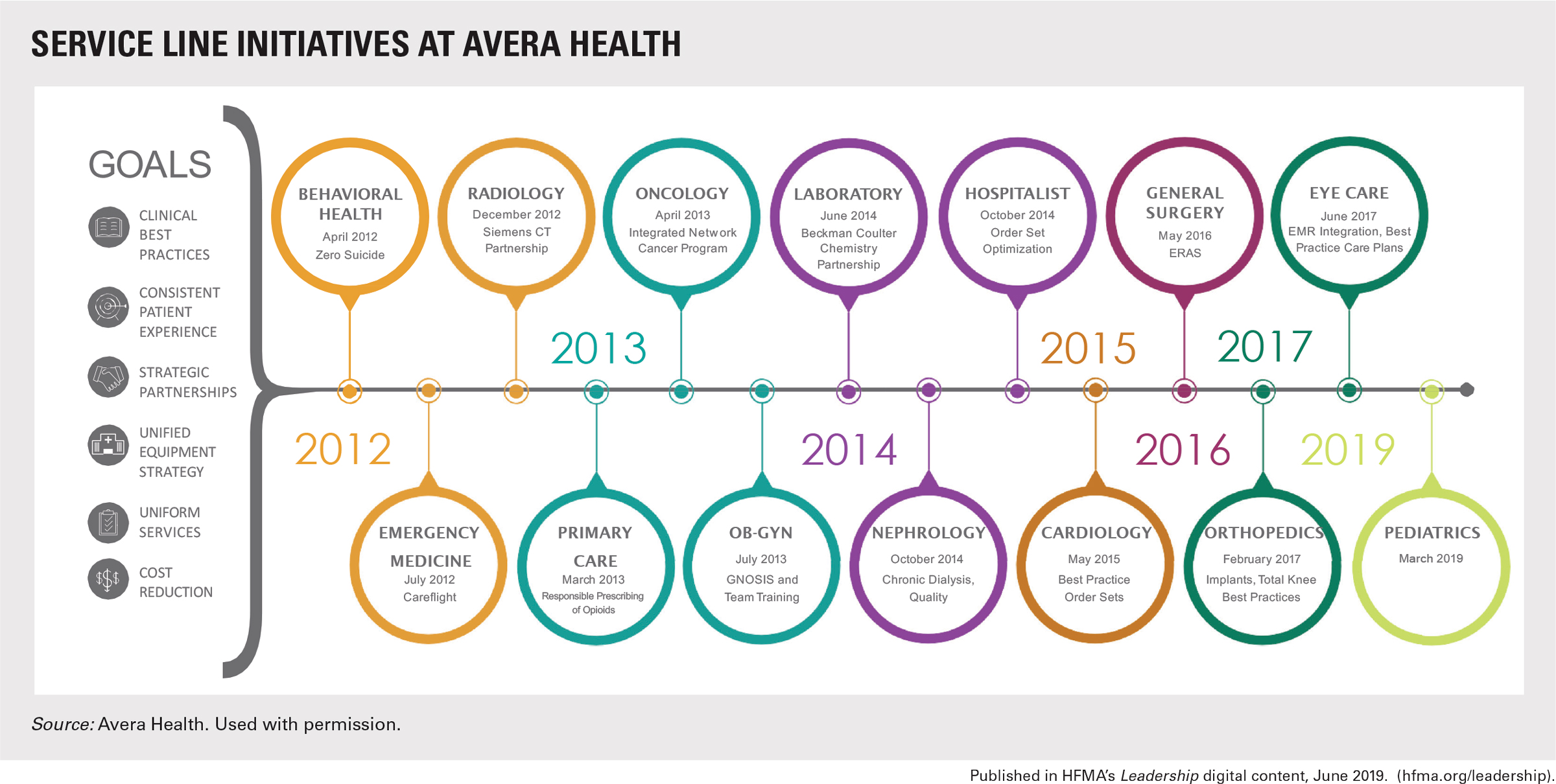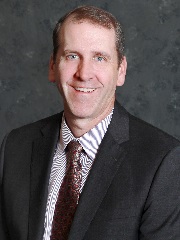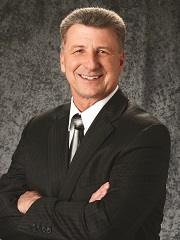Avera Health facilitates dialogue to strengthen care delivery across the organization
Avera Health leaders realized in 2012 that if they established service lines spanning the health system, they could reduce variation in clinical processes, thereby better meeting patient needs and improving the quality of care. In the process, they learned how improved communications and collaboration across the Sioux Falls, S.D.-based organization could help them achieve their goals.
“One of the main values of service lines is having like-specialty colleagues gathering together on a regular basis and having dialogue about best practices, removing variation, supply chain and lowering costs for patients,” says Tad Jacobs, DO, chief medical officer, Avera Medical Group.
Results of the service-line approach include increased access to care, better standardization of equipment and streamlined processes across the health system. For instance, the OB/GYN service line — one of the system’s 14 service lines (see the exhibit below) — implemented a program that manages gestational diabetes through telemedicine, with patients using an app to monitor and test blood sugar and to participate in virtual visits.

The Oncology service line helped develop a vendor partnership that condenses cancer care delivery, ranging from prevention and screenings to recovery to palliative care, at six regional locations. By having the same equipment, such as a linear accelerator, at each key location, Avera Health delivers care more efficiently and reduces travel time for patients.
Keys to successful integration of operations at Avera Health include:
Facilitating collaboration to drive conversation and results
Leaders at Avera Health, which has a dyad leadership structure, facilitate collaboration so that subject-matter experts from across the system can drive conversations and results. “After discussing our mission, vision and integration plan, service-line groups can see how an idea might fit in,” notes David Flicek, president and CEO, Avera McKennan Hospital. “They have a large say in where they’re headed.”

Avera Medical Group conducts a leadership academy for its physicians, positioning them to lead future organizational growth amid the changes taking place in healthcare. Each physician who leads a service line completes this program.
Leveraging care coordination and the EHR
To better support clinicians and integrate care while focusing on population health, Avera Health developed in-house care coordination teams, each consisting of a registered nurse, patient-support specialist and social worker. To date, 16 teams are operating across the health system.
“Clinicians have learned to rely on these teams, especially when handling complex cases and multiple health issues,” Jacobs says. “They support the patient by assisting with care navigation, such as by making sure screenings aren’t missed.”

With access to patient data through the health system’s electronic health record (EHR), care coordination teams can see the whole picture of a patient’s health and intervene if needed. For instance, if a patient has made multiple visits to the emergency department in a given time frame, care coordination teams can connect the patient with his or her primary care provider to address the root cause. Avera Health has seen a reduction in readmissions and improved screening rates for patients in the care coordination program, compared with other patients.
The health system leverages its EHR to identify overdue screenings. “We have many ways to help navigate them through the system, many access points, and all that is supported through a common EMR,” Flicek says. The platform also is crucial to onboarding facilities following a merger or acquisition, he adds.
Tackling communication barriers
With communication an ongoing challenge, Avera Health has explored multiple channels, including emails, intranet and apps, to engage staff and build relationships across its network. After implementation of these tools, the opportunity for additional communication was identified.
Clinical and administrative senior leaders since have committed to “road shows,” traveling to a regional location once or twice a month to meet staff and discuss strategic initiatives. In-person meetings during which staff can ask questions and share concerns have helped build a foundation for internal communications.
In addition to sharing best practices, Avera Health focuses on honoring colleagues and welcoming new team members through its communication channels. Having implemented a variety of ways to learn about system news and share feedback, Avera Health has seen positive responses. For instance, the open rate for weekly staff newsletters has more than doubled since the newsletters were launched.
“Part of the challenge of operational alignment is establishing good communication,” Jacobs says, “and we work hard to develop that.”





